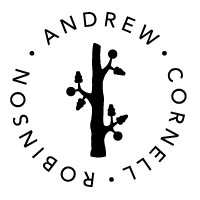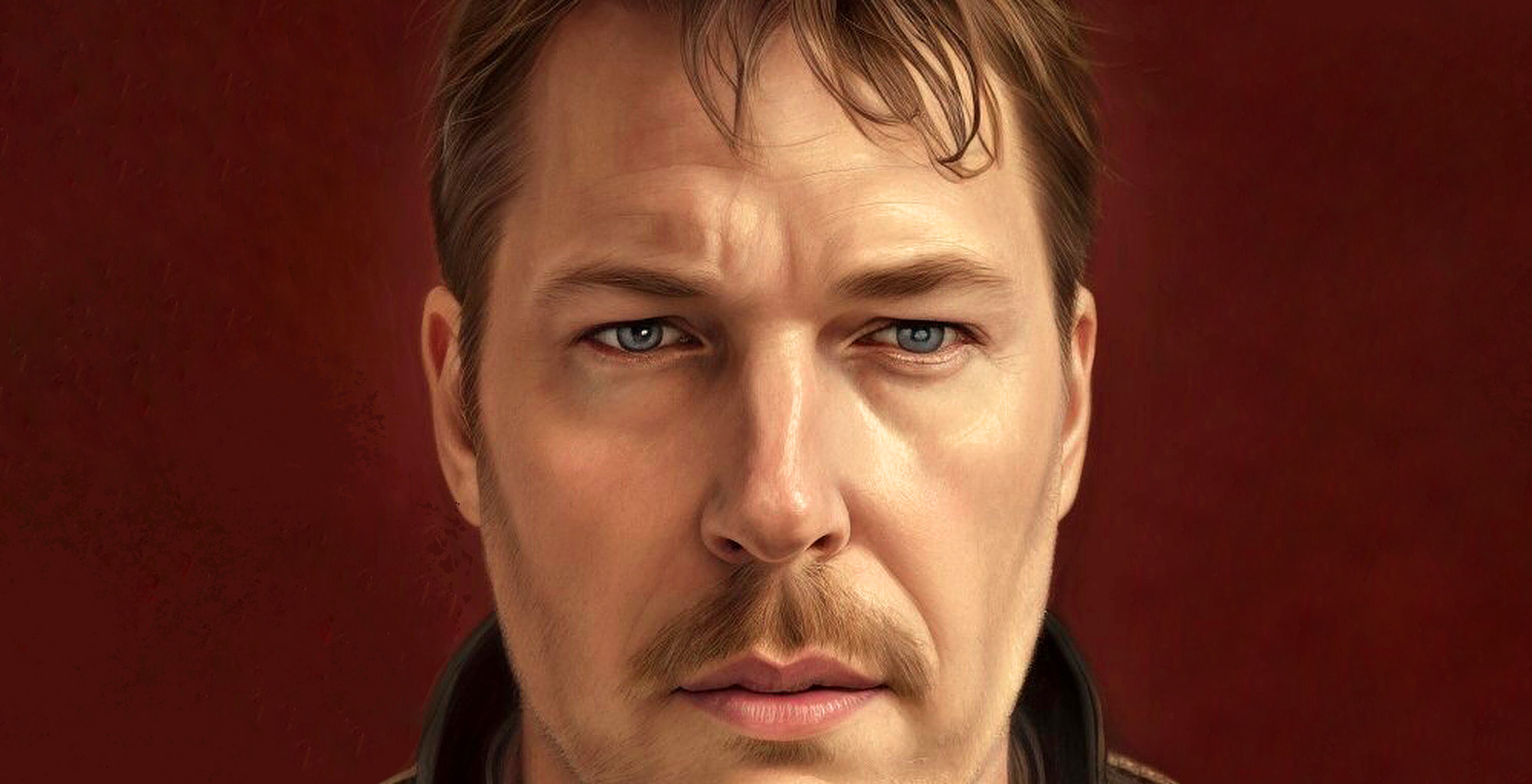Andrew Cornell Robinson is an interdisciplinary artist based in New York City. His oeuvre encompasses paintings, ceramics, and works on paper.
Early On
Born 1968 in Camden, New Jersey, into a family of artists, writers, and bootleggers, Robinson moved at a young age to suburban ennui, where he grew up with his time split between a remote farm along the Delaware River and the post industrial outskirts of New York City. After having apprenticed to a potter for eight years, he studied ceramic sculpture at the Glasgow School of Art in Scotland, and the Maryland Institute College of Art in Baltimore from which he received his BFA. 1991. He pursued an MFA in painting at the School of Visual Arts 1994. After he moved to New York City in 1992 he began a daily drawing practice that continues to this day and informs an expansive visual vocabulary used in his paintings on canvas, paper, and porcelain.
His work has been presented in over one hundred exhibitions and public-programs in galleries and museums including “What We Make, Black Quantum Futurism,” a group exhibition with Howardena Pindell, Andrew Cornell Robinson, and Hank Willis Thomas, et al, at the Ross Art Museum in 2018. He was a participating artist in Debtfair, a 2017 project of Occupy Museums, in the Whitney Biennial. His was was included in “Ultra Pro-Sculptures that Cook” at Omi International Arts Center 2016. His work has been presented in art fairs, museums and galleries including with the Anna Kustera Gallery, and the United Kingdom’s Craft Council, et al. Robinson is a member of the faculty at Parsons School of Design. He has been a visiting artist at Columbia University, Pacific Northwest College of Art, Brooklyn College, Cooper Union, School of Visual Art, and Pratt Art Institute. He lives and works in NYC.
Visual Ideas
Robinson’s work embodies an omnivorous approach to material; working across ceramics, sculpture, printmaking, and painting; working at a scale from the human to the hand held. An element of the perverse pervades much of his creative work. He examines the tensions between the sacred and the profane often through personal memories that he confabulates into queer and peculiar histories re-imagined through a codex of images and artifacts. Each substrate incorporates layered, abstracted, or erased images that are juxtaposed with an assemblage of sculptural artifacts alluding to eccentric stories that live somewhere between personal and historical memory. For example, during a residency at Guttenberg Arts, he developed Vanitas, a body of work that incorporated appropriated stills from police surveillance footage used as part of a sting operation to arrest gay men in 1960s Ohio for violating sodomy laws. This work explores “portraits” of these men juxtaposed with a floral still life; a simultaneous representation of the surveillance panopticon, and the vanitas, a symbol of the futility of pleasure. These images are juxtaposed with porcelain forms upon which he applied layers of custom printed under-glaze decals with text, graffiti, and gestural drawings resulting in obfuscations of the images and artifacts that they camouflage. Groupings of images and sculptural forms have become central to his work and function like a secular altar form, reminiscent of the ancestral family altars that he was raised with.

